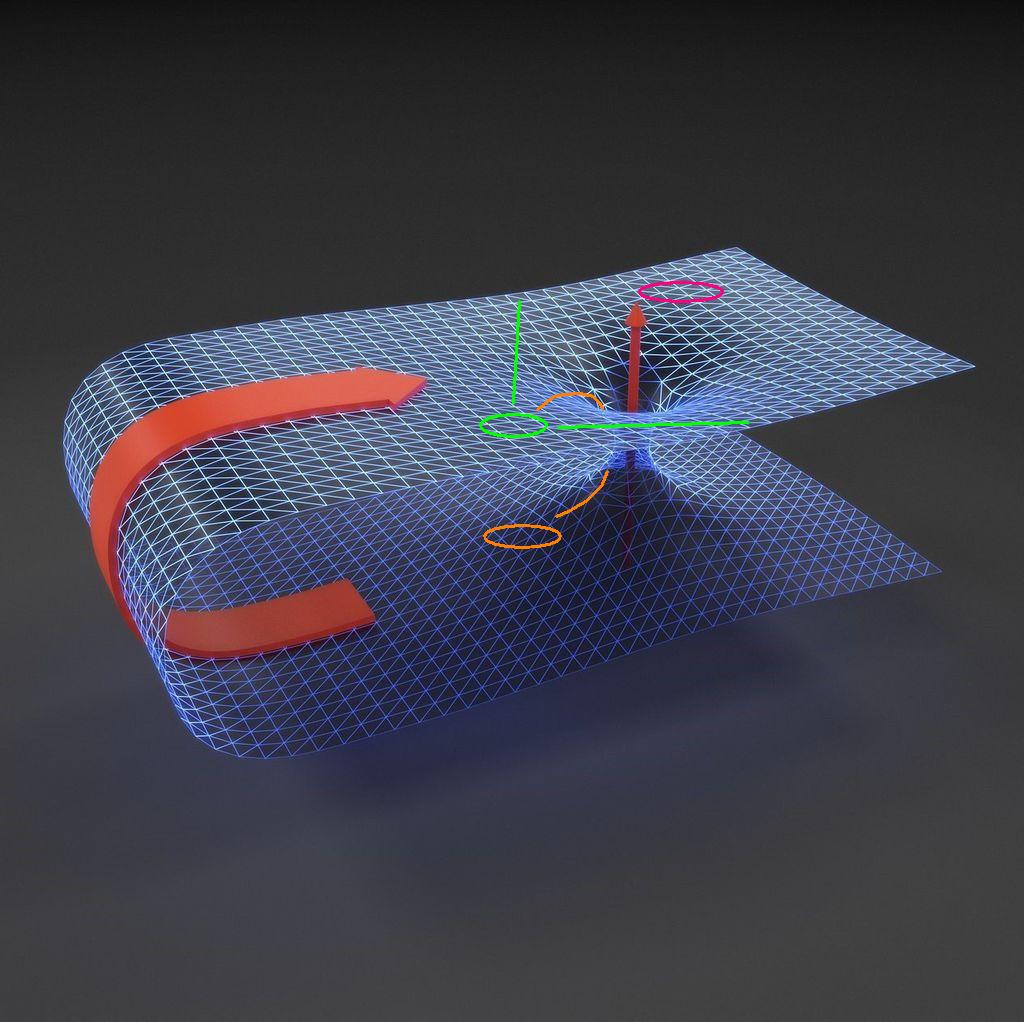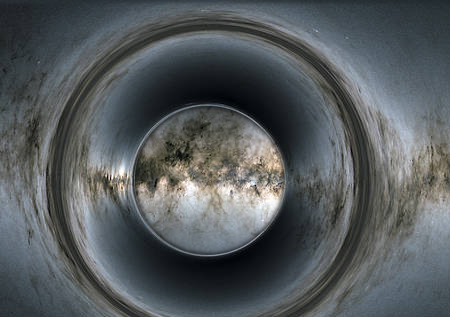There actually is no problem. Imagine having a 2D world, and the "portal" is a tube lifting out of the 2D world-sheet in one point, and landing in another. When seen from the 2D perspective, you see that the portal tube is always locally 2D - there are no discontinuities. You are distorted in the third dimension while you travel, but you are unaware of this because the light rays and everything else in your local space is distorted the same way:

If you are Mr. Green Circle, and look around you along the green lines, you see everything as usual. When you start looking towards your friend Mr. Pink Circle though, the light arriving at your 2D "eyes" is the light coming out of the portal from Mr. Orange Circle.
In 2D, you see the world in the direction of the portal becoming distorted hyperbolically, you can actually see infinite more and more distorted and thinned-out reflections of yourself, and then the distortion reverses and in the middle you can see, clearer and clearer, a different place.
Exactly the same thing happens in 3D. In this image you see a distorted Milky Way, and in the middle the opposite section of the same galaxy - the "inside" and "outside" of the distortion are 30,000 light-years apart.
The nearer you go to the portal, the more distortion you see far from you and the less distortion you see near you. Wherever you pass through, the local distortion is effectively nil (for a large enough portal of course - at least, say, one hundred times your own size).

All this assumes that there is a continuous isotropic distortion around the portal; otherwise, the behaviour of matter and light on the boundary is anyone's guess. The portal might even be impassable (or its borders could act like an atom-thin razor, in which case, in 3D, any object entering would effectively be instantly shredded at the atomic level - not even freezing would be enough to protect biological entities; some ultra-cooled crystals could make it through reasonably unscathed, with just their lattice defects rearranged).
If the distortion is anisotropic, then there is a "backwash" effect. Taken to the extremes, the distortion becomes one-way - particles can only move in one direction. In that case, traversing the portal would deliver a nasty hydrostatic shock when blood finds itself incapable of moving in those vessels that run in the wrong direction. For very small times - one hundredth of a second or less, the shorter the better - you would receive the equivalent of a coin sock to the head. Confusion, perhaps loss of consciousness. The longer the time (and passage repetitions), the more damage - up to brain haemorrhage and death. A short passage, or a very thin anisotropic portion of the interface, would reduce the damage down to nothing.
Incidentally, this implies that the danger of a portal (if more than one kind exist) may be visually estimated by measuring the distortion and comparing it against its aperture. A large portal with wide, continuous distortion would be innocuous except to very large objects; a narrow one with irregular distortions would be deadly).
Also, portals leading to areas with lower barometric pressure (higher up, or warmer air, or the eyes of hurricanes) would suck air, possibly at a considerable rate. If there is be nothing to "hold to" near a portal, you might have trouble avoiding going in, or in the other direction, attempting to go back.


